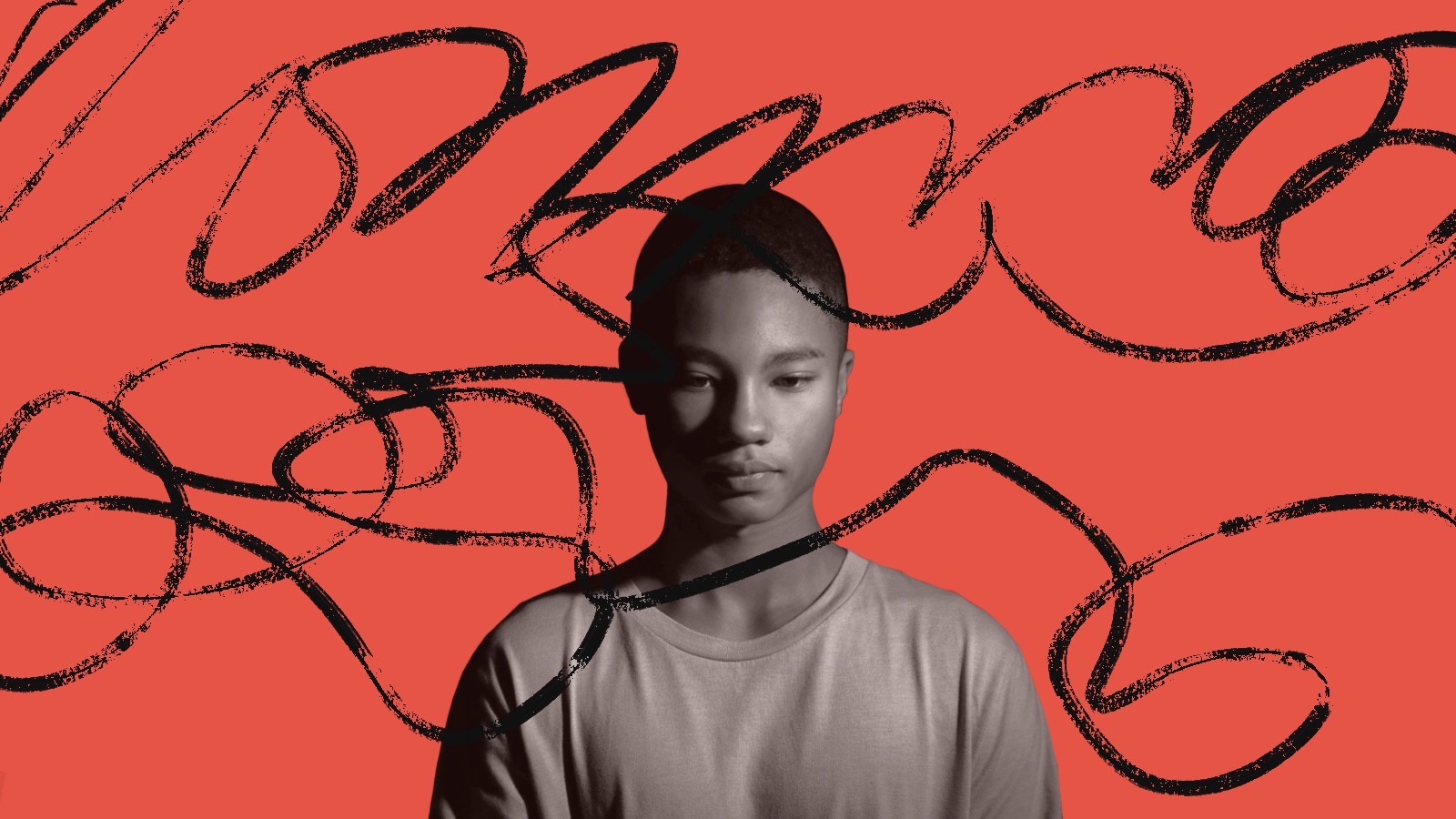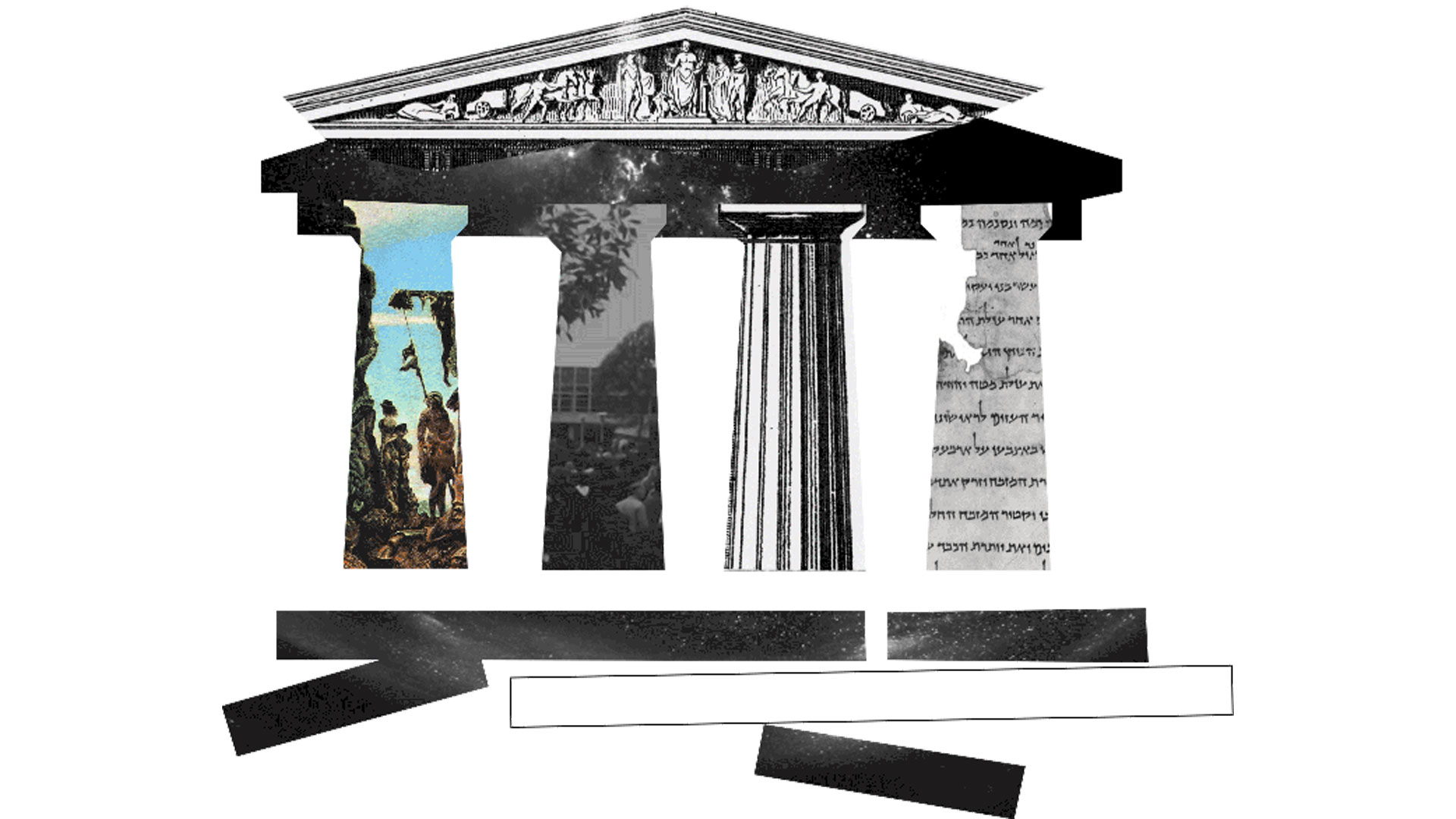Gallup Analysis: Muslim Support for Terrorism is about Politics not Piety, Therefore Need to Reframe Public Engagement Strategies
Gallup has released a cross-national polling analysis that challenges the conclusion that Muslim extremism is at the heart of support for terrorism, that terrorism derives from a rejection of Western values and modernity, and that the solution is to replace Muslim faith with a Western secular view. From the report:
To begin to understand the danger of this diagnosis, we must first understand the factors that do and do not drive sympathy for violence. As a starting point, Muslims do not hold a monopoly on extremist views. While 6% of Americans think attacks in which civilians are targets are “completely justified,” in both Lebanon and Iran, this figure is 2%, and in Saudi Arabia, it’s 4%. In Europe, Muslims in Paris and London were no more likely than were their counterparts in the general public to believe attacks on civilians are ever justified and at least as likely to reject violence, even for a “noble cause.”
After analyzing survey data representing more than 90% of the global Muslim population, Gallup found that despite widespread anti-American sentiment, only a small minority saw the 9/11 attacks as morally justified. Even more significant, there was no correlation between level of religiosity and extremism among respondents. Among the 7% of the population that fits in the politically radicalized category — those who saw the 9/11 attacks as completely justifiable and have an unfavorable view of the United States — 94% said religion is an important part of their daily lives, compared with 90% among those in the moderate majority. And no significant difference exists between radicals and moderates in mosque attendance.
The report continues:
The real difference between those who condone terrorist acts and all others is about politics, not piety. For example, the politically radicalized often cite “occupation and U.S. domination” as their greatest fear for their country and only a small minority of them agree the United States would allow people in the region to fashion their own political future or that it is serious about supporting democracy in the region. Also, among this group’s top responses was the view that to better relations with the Muslim world, the West should respect Islam and stop imposing its beliefs and policies. In contrast, moderates most often mentioned economic problems as their greatest fear for their country, and along with respecting Islam, they see economic support and investments as a way for the West to better relations. Moderates are also more likely than the politically radicalized to say the United States is serious about promoting democracy.
While the politically radicalized are as likely as the moderate majority to say better relations with the West is of personal concern to them, they are much less likely to believe the West reciprocates this concern and therefore much less likely to believe improved relations will ever come. In short, perceptions of being under siege characterize those who sympathize with extremism.
The analysis concludes that the solution turns on re-framing Western engagement strategies, addressing efforts in a way that resonate with how Muslims perceive the problem, rather than how Western strategists definite it:
From many Muslims’ point of view, the conflict with West is about policy, not principles. Through Muslim eyes, it looks like a global civil rights struggle much more than another clash between superpowers. When the conflict is viewed through this lens, seemingly inexplicable crises such as the Muslim reaction to the Danish cartoons, come into sharper focus, as does a more effective strategy forward.
Thoughtful observers have drawn a comparison between the Danish cartoon controversy and an incident from America’s own cultural relations struggle: the 1965 Watts riots. Looking at the cartoon controversy through the analogous lens of race relations reveals some insights. In both cases, violent riots broke out in reaction to what seemed to outsiders as a “petty offense.” In the case of the Watts riot, white police officers in a predominantly black neighborhood pulled over two black males whom they believed were driving while intoxicated. In the case of the cartoons, a Danish newspaper, followed by other European newspapers, printed a cartoon depicting Islam’s most venerated figure, the Prophet Muhammad, as a terrorist.
As a result of the Watts riots, 34 people were officially reported killed, more than 1,000 people were injured, and an estimated $35 million in damage was caused (more than $150 million in today’s currency). The Kerner Commission, set up by President Lyndon B. Johnson in 1967 to study the spate of race riots, pointed to the distinction between the “trigger” (a petty act) and the “cause” — a long list of problems identified by the commission. These included poverty, job and housing discrimination, and unequal education, as well as a deep sense of racism and disrespect on the part of a powerful and affluent white America toward a powerless and poor black America, personified by the white police officers’ treatment of the black men.
Like those who rioted in Watts, and in other American cities during the country’s civil rights struggle, Muslim rioters were not angry because they did not understand the value of free speech in principle — many cite this liberty as among the most admired aspects of the West. Instead, the Danish cartoons were simply the “trigger” igniting the combustible fuel of widespread perceptions of Western injustice and disrespect.
Several developments followed the Kerner Commission’s report and the violence that initiated it: Greater attention was paid to the grievances the commission identified, which were not rendered void simply because people chose a violent way to protest them. Significantly, change occurred in two major areas. The first was policy: Laws were passed and some changed to address these issues, such as the Civil Rights Act of 1968 prohibiting discrimination concerning the sale, rental, and financing of housing. The second was a greater cultural sensitivity: It slowly became less socially acceptable to use racist images of blacks in media. For example, in 1966, CBS withdrew reruns of the Amos ‘n’ Andy show, which the National Association for the Advancement of Colored People (NAACP) had been protesting since the 1950s.
Was the NAACP protesting racist depictions of blacks because they didn’t value free speech? Were rioters angry because they didn’t understand the value of traffic laws? And were the corresponding changes on the part of U.S. media and government “concessions” to violence and intimidation by special interests groups or signs of a weakened American democracy and free speech? Some might argue yes, but others would simply see this as a natural progression of an increasingly inclusive American democracy, and that it is a better place today because it did.
While an extremist fringe, such as the Black Panther Party, called for violent means of change, the effectiveness of movements and organizations to address widely held grievances peacefully marginalized their appeal. Lessons learned from America’s civil rights struggle help clarify how to begin to bridge the divide globally between the United States and the Muslim world. Thus, a two-pronged approach of outreach to the moderate majority through job creation, along with support for those who wish to address widely held grievances peacefully, will diminish the appeal of those who advocate violence.




